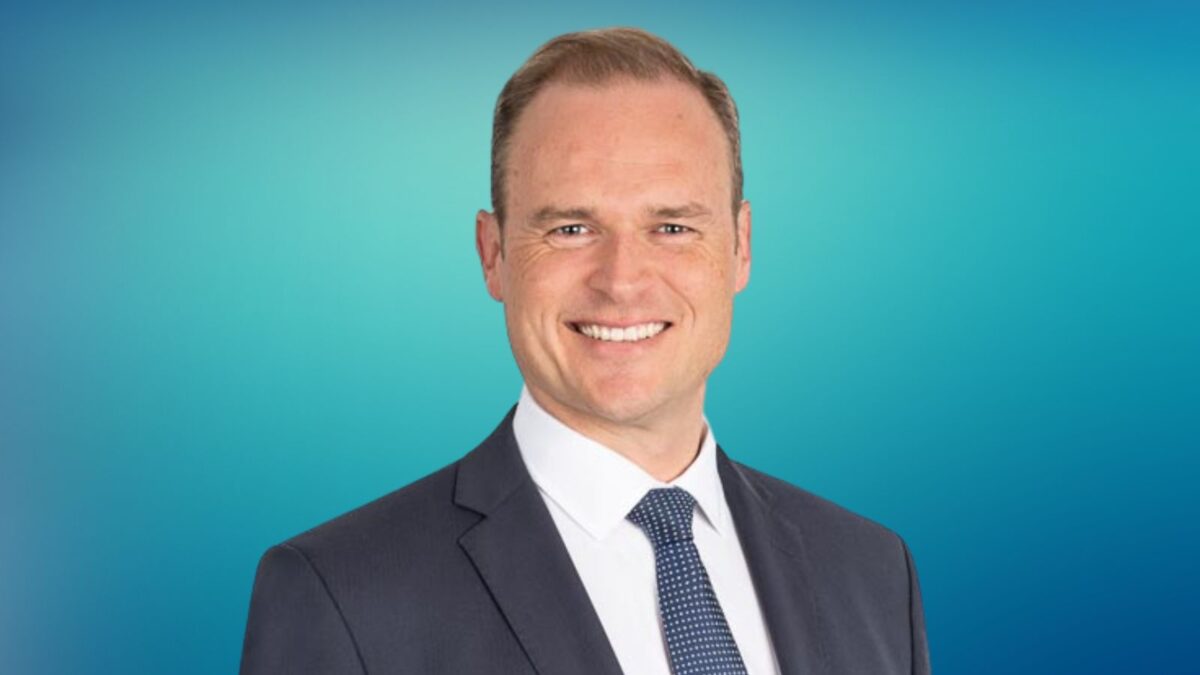Why there’s more to all-time highs than just hype
As the market scrapes against all-time highs, Capital Group is fielding plenty of questions from clients and investors who have grown concerned about what – if anything – is really underpinning the price appreciation that’s padded their portfolios.
The answer, according to Matthew Reynolds, Capital Group investment director for Australia, runs deeper than TINA, or plain old hype – at least in some cases.
“What we don’t read about is the role of innovation in these companies’ ability to harness new trends and grow their earnings for consistently long periods of time,” Matthew Reynolds, Capital Group investment director for Australia. “Prices can surprise a lot of people, but when you look back in history it’s very clear that innovative companies that have a culture of and ambition to be innovative have often led the market in terms of price appreciation while generating fantastic earnings.”
An innovative company, in this case, is one that can produce a unique product or service that isn’t easily replicated by competitors – and one that can also drive that product towards long-term growth and profitability. Innovation can get confused with invention. Reynolds uses the example of Apple’s iPod versus Sony’s Walkman. The Walkman was the first personal music device; Apple innovated upon it with the iPod’s aesthetic and storage improvements, and “the rest is history”.
But your mileage might vary on how innovative Apple is today, evidenced by the constant debate over the number and sophistication of new features that intensifies with the release of the latest iPhone, as well as the multi-billion-dollar implosion of its controversial electric car project.
“To say it’s not (innovative) would be a step too far; is it as innovative in the recent past as it was in the early days following it’s formation? That’s where the debate lies; but there’s no doubt that it continues to innovate. Is the change from iPhone 14 to 15 innovative? Some would argue yes, it really is – because the chips used in the latest model unlock a whole set of features that might’ve been inaccessible before. The other camp would say that it’s still just a phone.”
But it’s not at the very top of the list of innovative companies Reynolds is thinking about. That list includes ASML – which produces machines and equipment for semiconductor production – and Novo Nordisk, which developed the drug Ozempic for type two diabetes but might be able leverage its weight loss effects to turn it into a “blockbuster”.
“If we’d had this conversation five years ago, you probably wouldn’t have heard of it. And many people would never have heard of it unless they were diabetic, in which case they would be users of their insulin to manage that condition. The fund has invested in Novo Nordisk since 2003 for that skillset, and it’s been able to use its science to enhance the delivery of insulin and address the needs of diabetics worldwide.”
So while “Magnificent Seven” has become something of a pejorative for investors wary of how much of the benchmark those stocks now comprise, innovation goes some of the way to explaining their success. Still, the fact that some of them are innovative doesn’t mean the Magnificent Seven are all equally magnificent, or that the grouping contains every company that is.
And when a group of stocks gets a name like that it’s usually a sign to proceed with caution, Reynolds says.
“When you think about those monikers – Nifty Fifty and Mag Seven and other grouping names – it’s a time for investors to pause and think,” Reynolds says. “(Capital Group portfolio manager Rob Lovelace) called it a warning sign… It’s so well known and so popular and so in the press, like the Nifty Fifty and others were – we’re not saying there’s anything wrong with them, but think and observe that it’s part of that group.”











